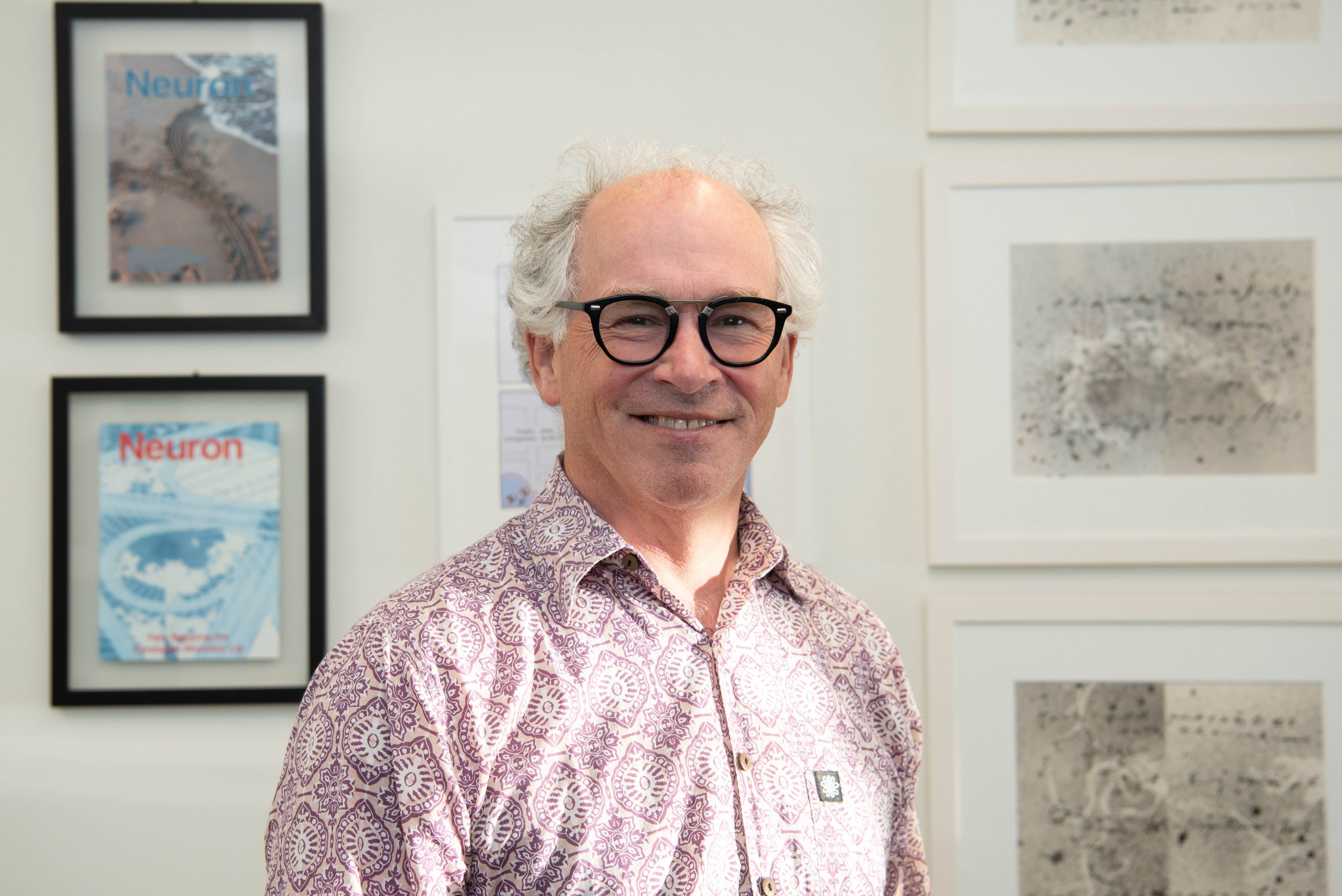

Feb 2025

Abstract:
Despite arising from a common structure, cortical interneurons are among the most diverse cells in the CNS. In this lecture, I will discuss work in my laboratory about our efforts to understand how this diversity is generated. In the first portion of the lecture, I will discuss recent results in my laboratory that show how influences from the pyramidal neurons, as interneurons settle in the cortex, are essential for the specification of specific interneuron subtypes. In the second portion of the talk, I will discuss complementary work that arose from our efforts to characterize the genetic and epigenetic identity of interneurons as they mature. From this endeavor, we have recognized that we can identify cis-acting DNA elements that direct the specific expression of subtype-specific genes in particular interneuron subtypes. This effort has allowed us to identify enhancer elements that associate adenoviruses with targeted interneuron subtypes. Although more an engineering achievement, this provides the means to target, manipulate, and study specific subtypes of interneurons (and by proxy any neuronal subtype) without the need for specialized tools. This provides the tools to study interneurons and other subtypes in species such as primates (including humans) to target and manipulate specific neurons in vivo. Together, this work demonstrates how basic efforts to understand interneuron diversity provide the means to understand both normal development and provides a route to create tools to understand and repair the CNS.
Bio:
Gord Fishell is recognized for his work on the generation of cortical interneurons and for understanding their contribution to cortical development and function. Gord’s seminal discoveries concerning the interneuron properties both in normal brain development, as well as their involvement in neuropsychiatric diseases have allowed him to understand both their development and how they can be targeted and manipulated in less genetically amenable species, such as humans. In this regard his work has emphasized that cortical interneuron development combines early genetic programs imbued on interneurons at birth and modulated by the circuits they integrate into in the cortex. His work emphasizes that development and circuit function are intimately connected in normal brain, as well as in dysfunction in disease.
Scientific Achievements:
Gord is a pioneer in the use of molecular genetic approaches to decipher the development, organization, and function of cortical interneurons. His studies have provided fundamental understanding of the origins, genetic identities, and physiological properties of cortical interneurons and how they are established in development.
His laboratory has worked to understand the inhibitory cells that regulate excitatory signaling in the brain. In its simplest sense, brain inhibition is the stop signal that prevents the brain from becoming over-excited. In practice it is much more nuanced. His work explains both how inhibitory neurons reconcile how bottom-up information is coordinated with recruitment of top-down information that allows us to perceive the salient from the irrelevant. His work in development has shown how interneurons form a scaffold that organizes the flow of sensory and motor circuits that allow the developing brain to transform the flood of sensory signals into exquisite representations that allow us to perceive and predict the external world. Moreover, his work has proven not only to be needed for normal function of interneurons but as to how they are perturbed in disease. Indeed, his work suggests that developmental interneuron impairment is a proximal cause for a range of brain disorders including epilepsy, autism and schizophrenia. In this regard, his work has helped show how the loss of appropriate inhibitory control during development results in individuals being unable to ignore the touch of clothing on our skin or focus on contextual signals without being distracted by extraneous sounds.
Gord’s scientific contributions have been recognized in many ways, including giving the presidential lecture at the SFN in 2014, a Harvey lecture in 2022 and election to the National Academy of Sciences in 2023.